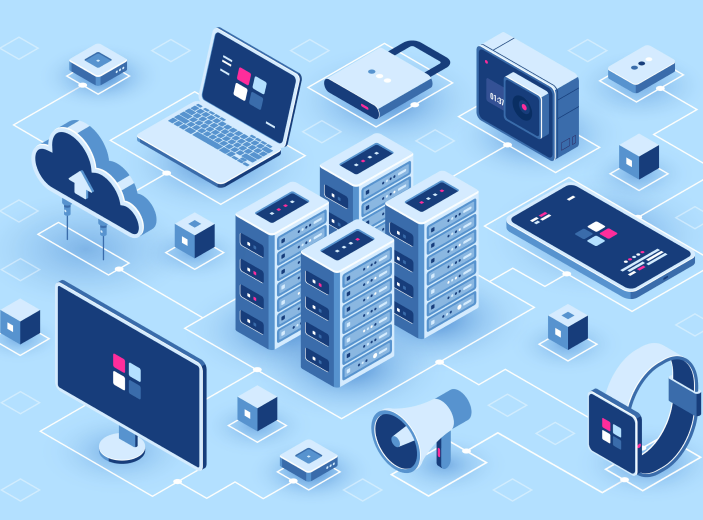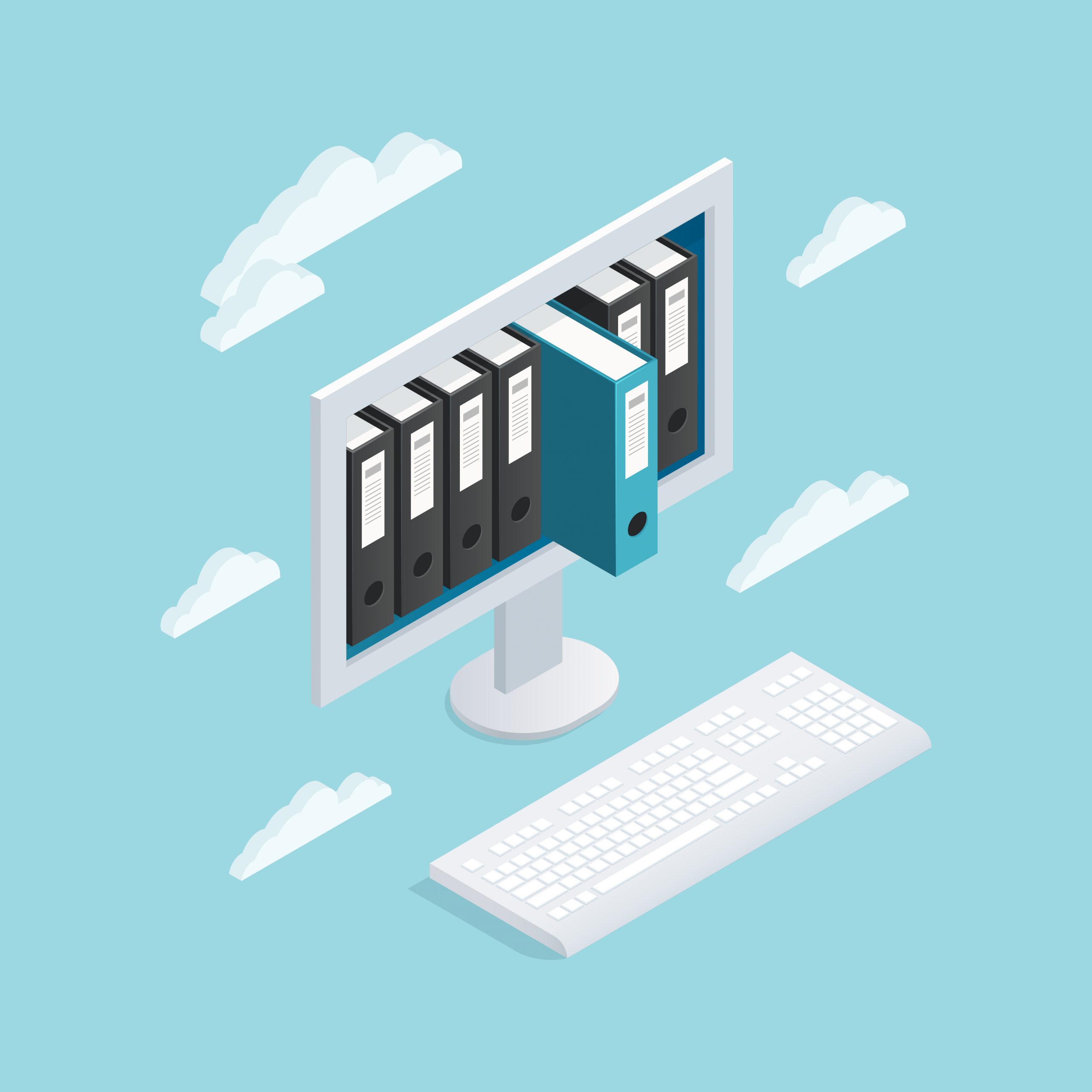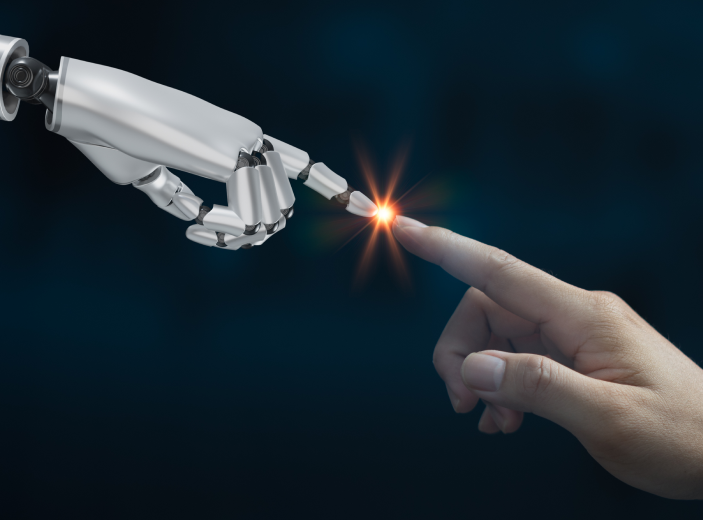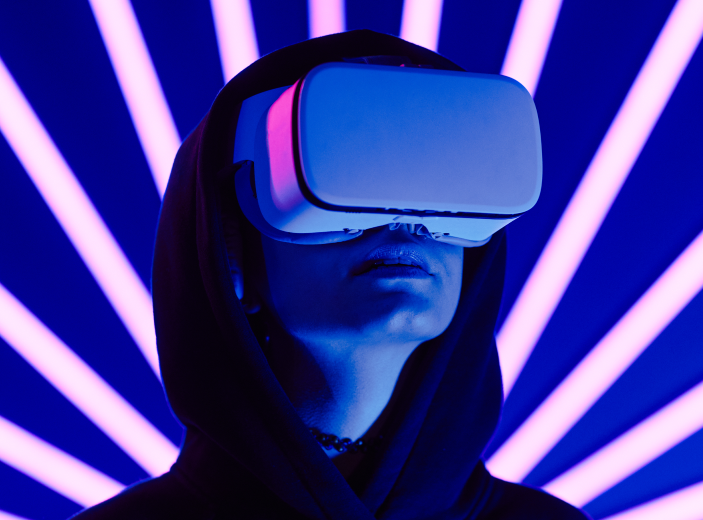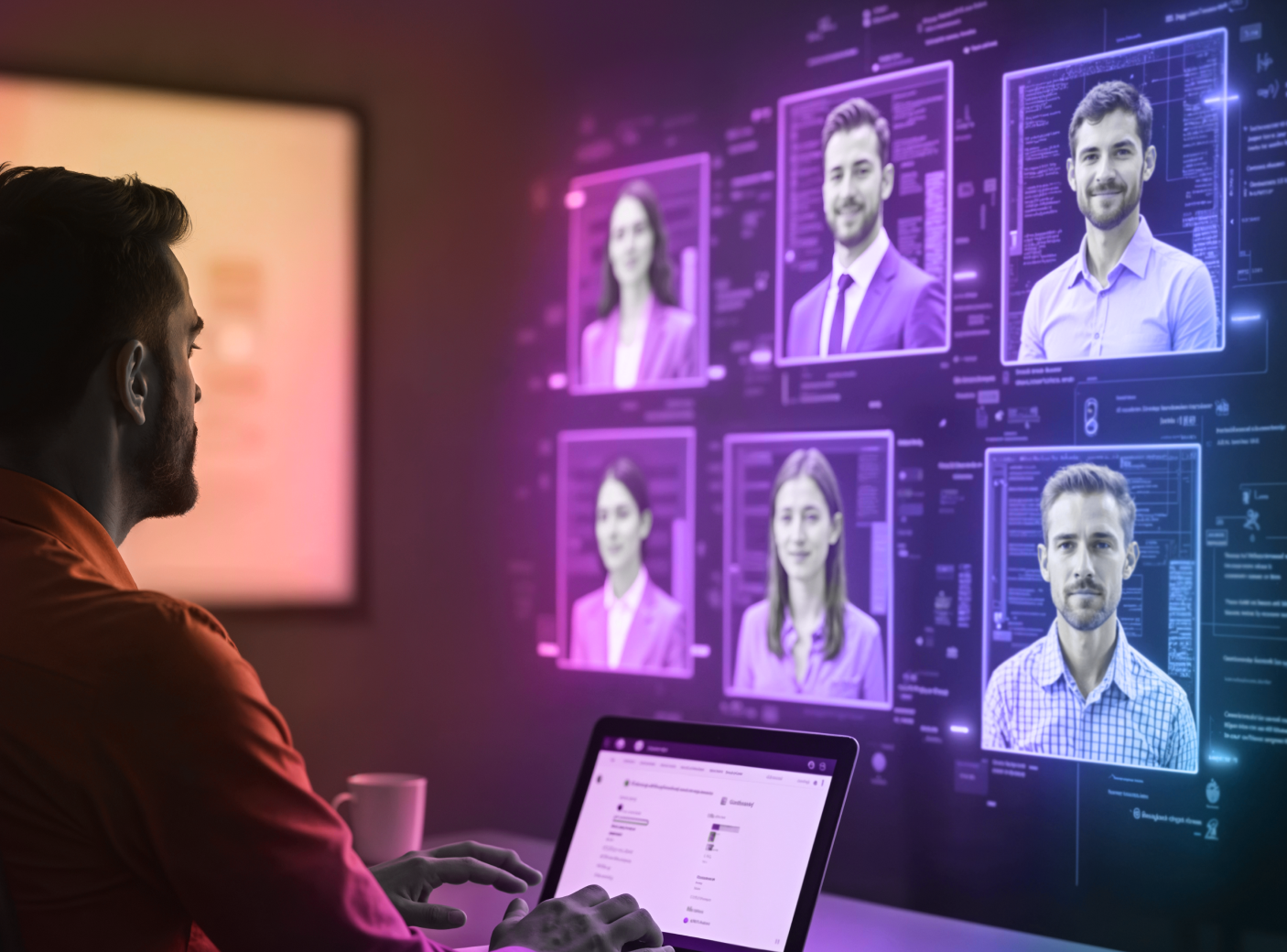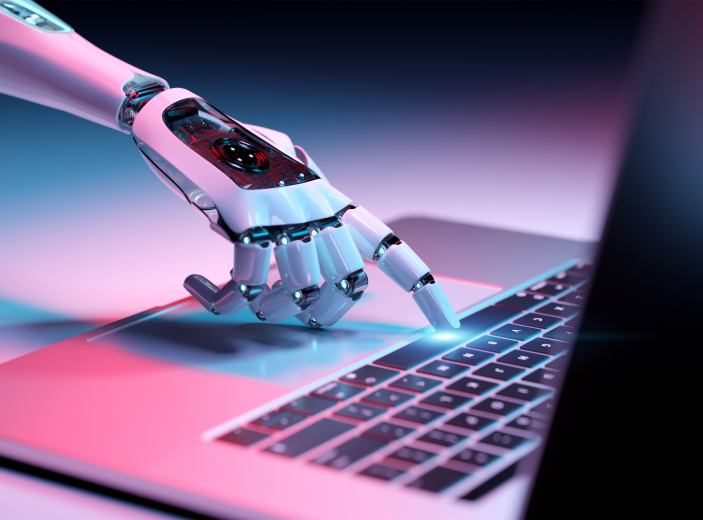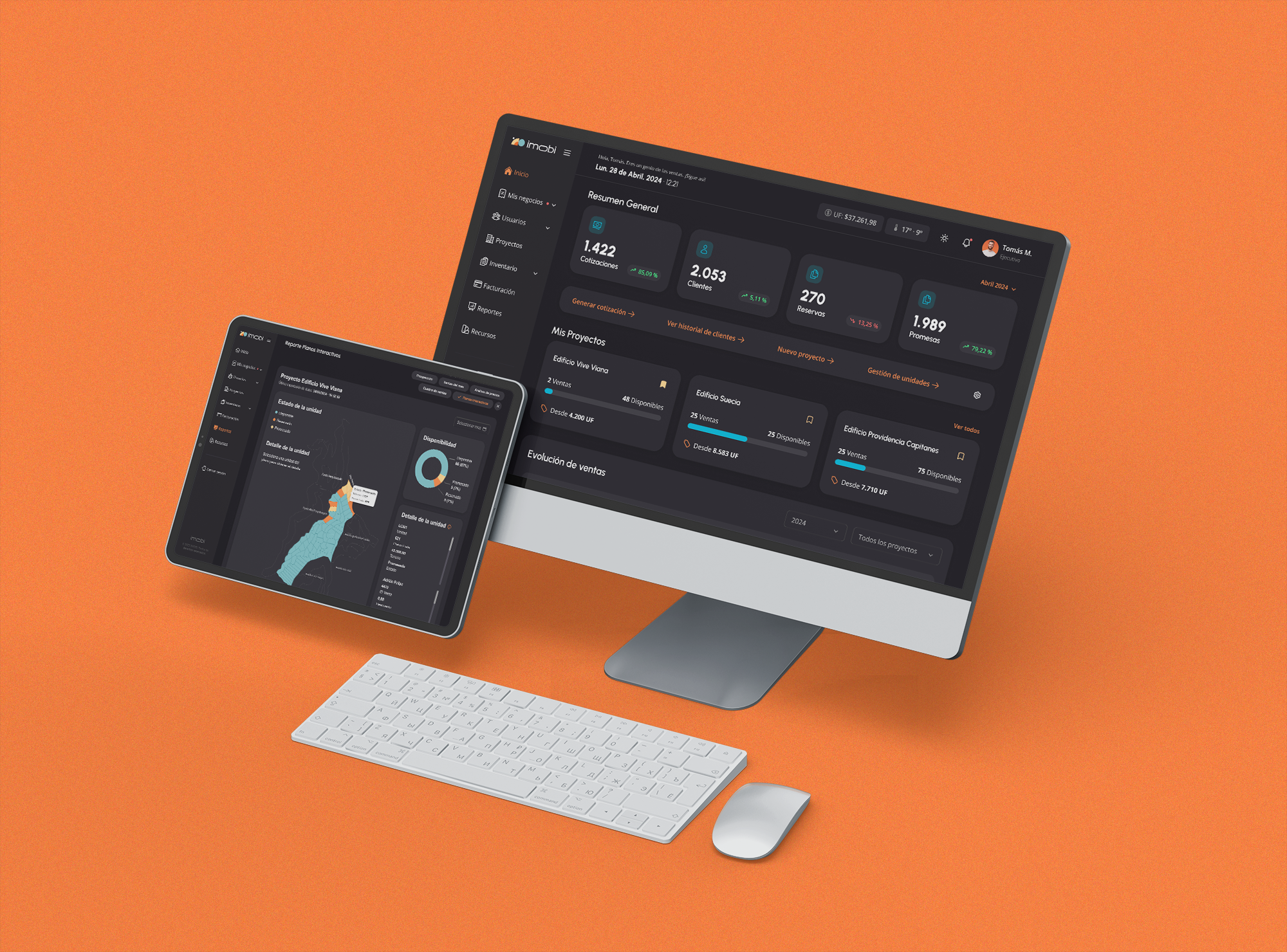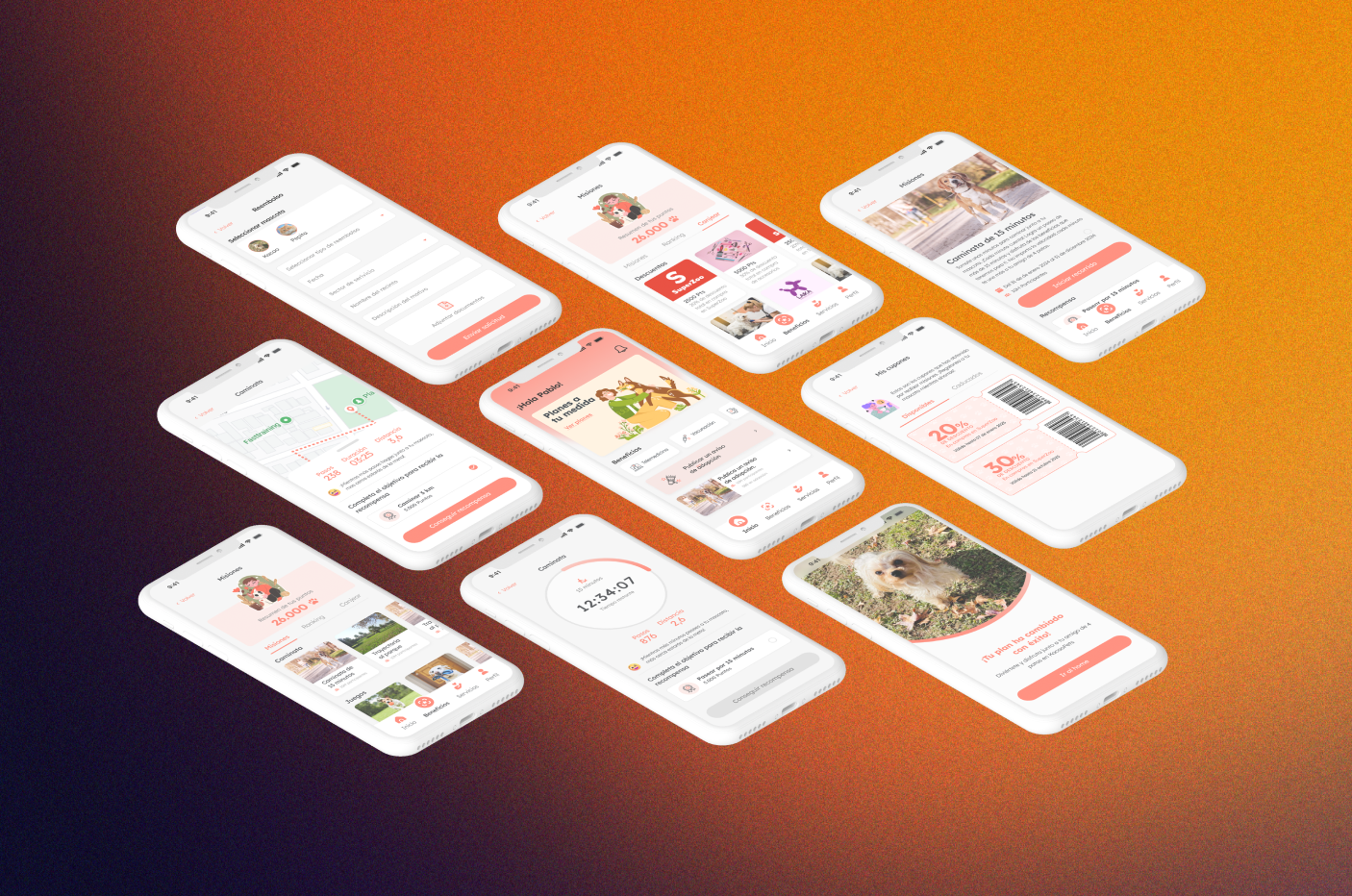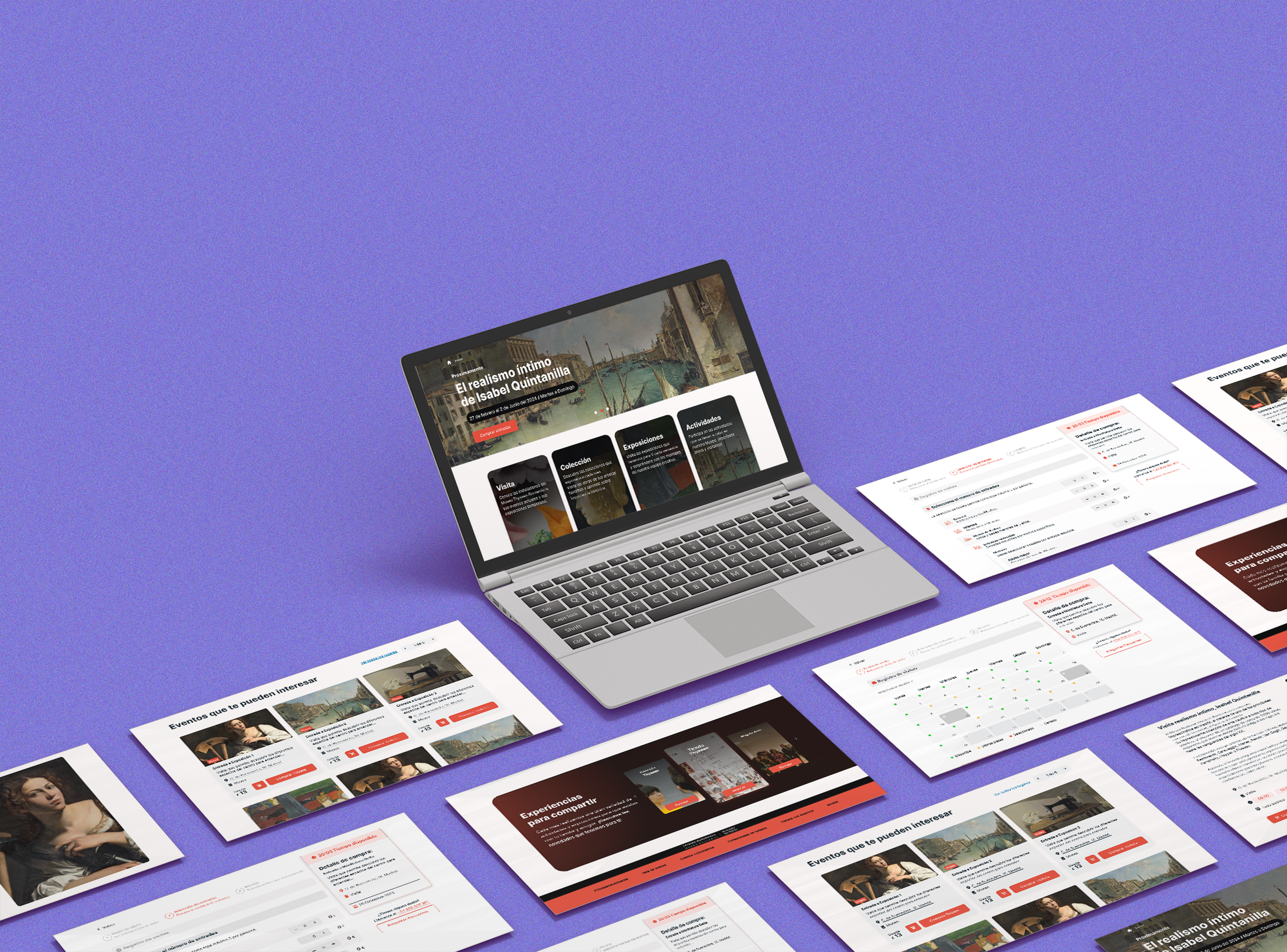Share this article
They include an NPU, a neural processing unit, which makes it possible to work with AI on the same computer, without having to send personal data to the cloud.
Just as there are computers for office work or for gamers, the first computers optimized for artificial intelligence (AI) tasks are beginning to appear on the market.

With neural processing units (NPU), these devices anticipate our needs and facilitate interaction with technology.
Its features will allow users to experiment with generative AI to create images or edit them; they will also enable the AI to improve the quality of their video calls, even find things in the vastness of the hard drive just by describing what they are looking for.
Something that can be as simple as saying or typing to it: ‘Look for the video of us on the beach playing popsicles’.
A few weeks ago, Microsoft announced Copilot+PCs, a new category of AI-optimized computers.
Any manufacturer can develop such a computer as long as it meets certain requirements.
Days later, Apple announced Apple Intelligence, its new proprietary AI that will be in all its products, including the new computers with the macOS Sequoia operating system. Introducing this new category of computers, Satya Nadella, CEO of Microsoft, said that ‘the quest has always been how to build computers that understand us, rather than us having to understand computers, and I feel like we’re really close to that real breakthrough’.
He added: ‘We are entering this new era where computers not only understand us, but can anticipate what we want and our intentions.’
Little by little
Computers that take advantage of AI have already appeared.
One example is the Galaxy Book4 series, ‘which learns from user behavior and uses the benefits of AI to deliver connected experiences that make tasks easier, in addition to improving energy consumption’, says Bruno Bernal, Ecosystem Marketing at Samsung Chile.
These devices are already available in Chile.
Meanwhile, the first computers with Copilot+PCs were launched on the market on Tuesday.
These are Surface models manufactured by Microsoft.
These will soon be joined by other models from well-known brands such as Lenovo, Dell, HP, Samsung, Acer and Asus.
The latter company has already announced the arrival of the first computers with this technology in the country in the coming weeks, which incorporate all the requirements that make it possible to use AI. They are computers that have superior performance.
Microsoft has defined certain characteristics, but the most important is that they have 40 TOP, which is the unit of measurement used in the AI era for the operations that a computer can perform.
So, 40 TOP is 40 trillion operations per second’, explains Gabriel Bahamondes, technical marketing at Asus.
Other specifications, Bahamondes adds, is that it should have at least 16 GB of RAM and 256 GB of storage in a solid state disk (SSD), which are those that do not use a rotating platter, but circuits and, therefore, are faster.
The incorporation of processors capable of executing advanced AI algorithms in personal computers implies that people will be able to perform tasks such as transcribing into text what we speak, edit photographs or interact with chatbots without the need to be connected to the Internet.
All these functionalities are available today on the web, but they must be processed by powerful servers’, explains Juan Reutter, director of the Millennium Institute of Data Foundation and academic of the DCC UC and IMC UC.
Although the first computers will be equipped with Qualcomm chips, other traditional processor manufacturers such as AMD and Intel are also joining this trend.
The big difference in these computers is made by the NPU, the neural processing unit, which delivers superior performance’, says Shirley Romero, Consumer Sales Manager at AMD Argentina and Chile, who adds that the company was a pioneer in having microprocessors with this technology and that it already has 300 series chips that reach 50 TOP, which is more than what is required.
The executive foresees that there will be intersections between the different types of computers.
For example, computers for gamers will also begin to incorporate this type of technology with AI, ‘because it is going to allow them much more immersive and personalized experiences than the current one’, he adds.
Source: El Mercurio



